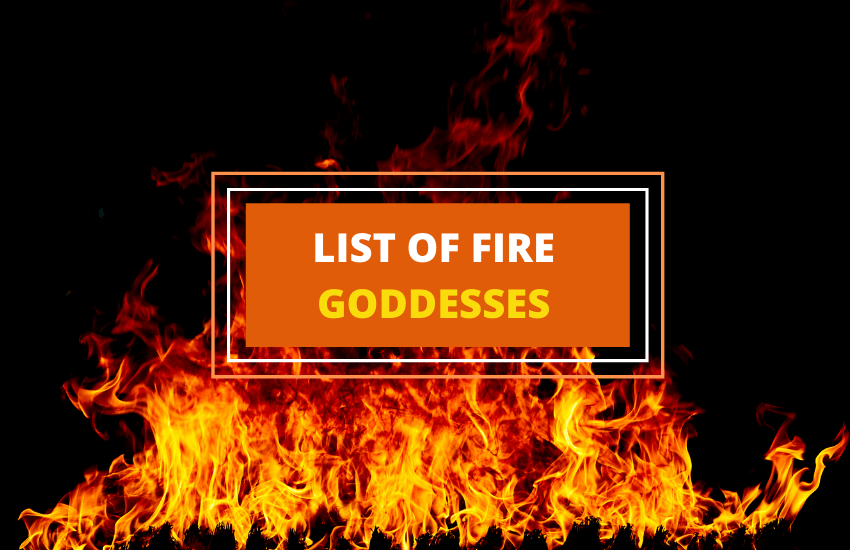
Table of Contents
As the most important aspect of human civilization, fire plays an essential role in many different mythologies around the world. These types of myths and legends usually involve deities who are in some way associated with fire.
Let’s take a closer look at the most popular fire goddesses from around the world. But first, let’s break down the most common types of these female deities.
Types of Fire Goddesses
When we say fire goddesses, it’s important to distinguish between the type of fire goddesses. Some are associated with natural fiery landscapes or with the sun, while others are associated with fires in homes. Each of these goddesses have distinct characteristics.
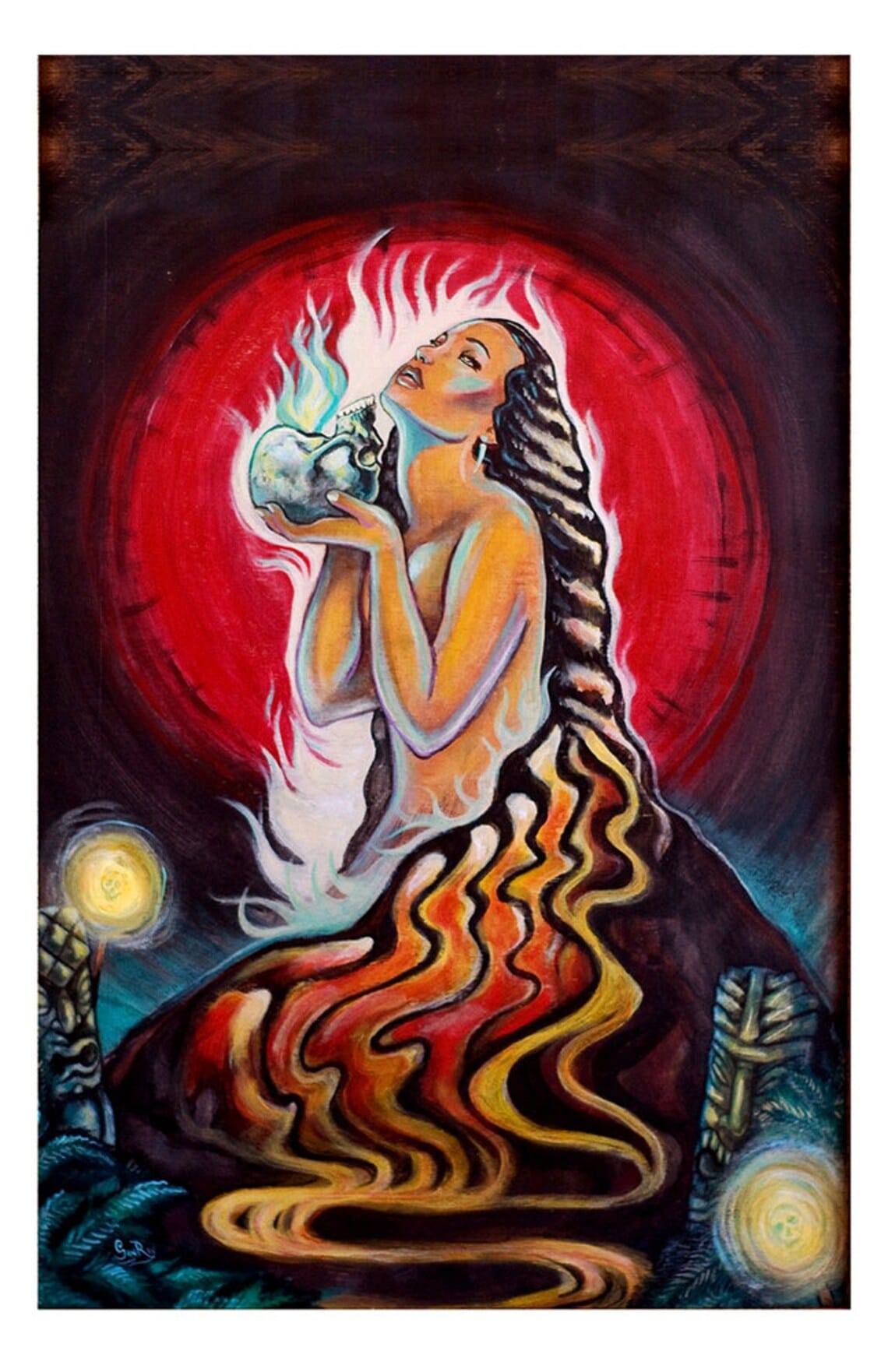
1. Volcano Goddesses
Lava and the volcanic fire are quite majestic and awe-inspiring, but at the same time, destructive. For this reason, volcano goddesses are often extremely powerful and formidable. Those who lived in the vicinity of volcanoes, and under its constant threat, developed a number of myths and stories about volcano gods. Some groups of people still pray and make offerings to these deities, asking for protection of their homes and crops.
2. Hearth Goddesses
Since ancient times, the hearth was vital for food preparation, warmth, and sacrificial offerings to gods. As such, the hearth fire represents domestic life, family, and home. Because of this, its accidental extinction often symbolized a failure to care for the family and religion. Hearth fire goddesses were seen as protectors of households and families and were often associated with women and marriage.
3. Sacred Fire Goddesses
Sacred fire refers to the holy and eternal nature of flames and represents life. As humans first harnessed it and used it for cooking, warmth, and protection against different wild animals, fire became the crucial element for survival. Because of this, there’s a number of deities in different civilizations worldwide that represent this aspect of fire. They are worshiped and honored by always tending to it and preventing it from distinguishing.
4. Sun Goddesses
The regenerating properties of fire are represented by the sun. Our star releases enormous amounts of energy into our planetary system, providing warmth and making life possible. The goddesses representing the sun and its fire are highly potent and prominent in many cultures. As they send light and heat through their beaming rays, these deities are considered the source of life itself.
List of Prominent Fire Goddesses
We’ve researched the most prominent goddesses that are directly associated with the element of fire and created the list in alphabetic order. Here are the most well-known.
1. Aetna
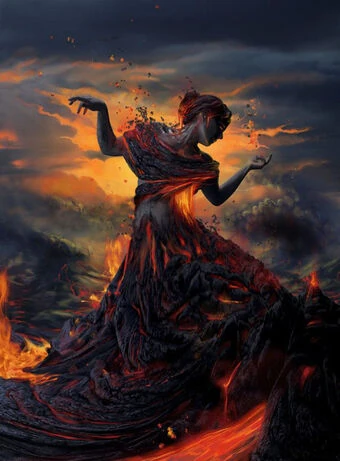
According to the Greek and Roman mythologies, Aetna was the Sicilian nymph and the volcanic goddess representing Mount Etna, which was probably named after her. Etna is one of the highest and the most active volcanoes in Europe and is located on the Italian island Sicily.
Various myths suggest that Aetna had different husbands who tried to reclaim her holy mountain. Some believe her original consort was Zeus; others think it was Hephaestus. As the volcano deity, Aetna was passionate, fiery, temperamental, but also generous. She’s considered to have the highest control and power over the Etna mountain and the whole island of Sicily.
2. Agneya
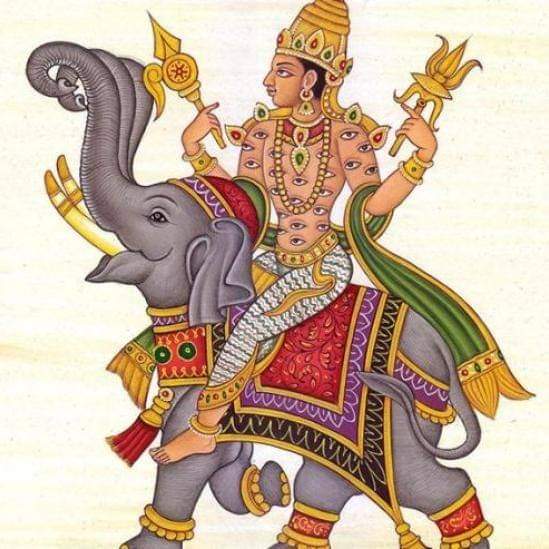
Agneya, or Agneyi, is worshiped as the fire goddess in Hindu tradition. Her name has its roots in the Sanskrit language and means Born from Fire or Blessed by Fire. Her father was Agni, the highly revered Hindu god of fire. For this reason, she’s also referred to as the Daughter or Child of the Fire God Agni.
It’s believed that Agneya is the goddess of domestic fire and the guardian of the South-East direction. According to Vedic customs, every household should have its kitchen in this direction, honoring their fire goddess.
To this day, some Hindus still pray to the Agneya Goddess and the Lord Agni when preparing food to invoke their heavenly blessings. Almost every sacred Vedic ritual starts with praying to Agneya and to Dhik Devadais – the seven goddesses who are guardians of the eight directions.
3. Amaterasu
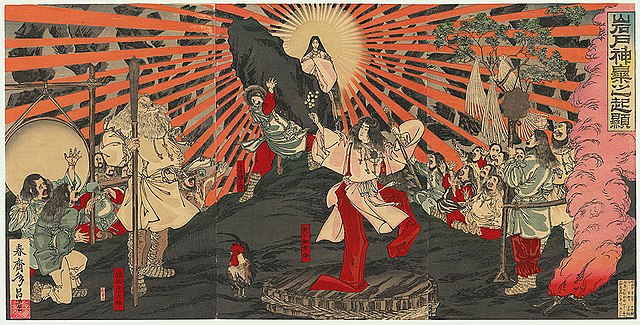
Amaterasu is the sun goddess in Japanese mythology. Her myth says that her father, Izanagi, gave her sacred jewels when she was born, making her the ruler of the High Celestial Plain, or Takamagahara, the dwelling place of all divine beings. As the chief deity, she was also worshiped as the ruler of the universe.
Ruling over the sun, the universe, and Takamagahara, she unites these three energies into a single flow. She’s seen as the personification of this flow of divine power, that always envelops us and gives us life, vitality, and spirit.
4. Brigit
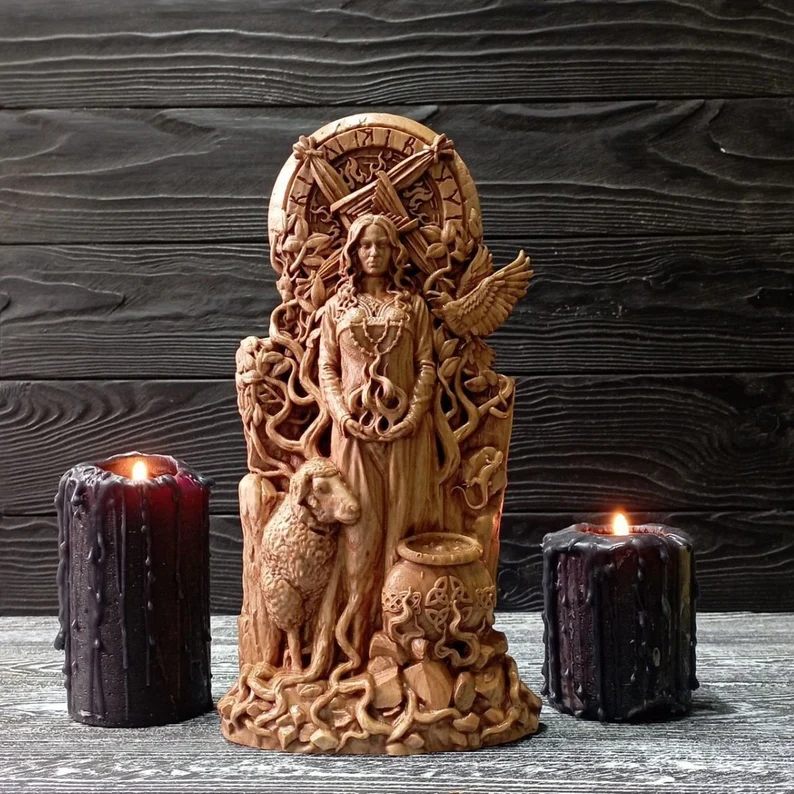
Brigit, also known as the Exalted One, is the Irish goddess of the hearth, forge, and sacred flame. According to Gaelic folklore, she’s also known as the goddess of poets, healers, smiths, as well as inspiration and childbirth. She was the daughter of the Dagda, one of the most important Celtic deities, and the wife of the Tuatha Dé Danann’s king, Bres.
Brigit was also an essential part of the Tuatha Dé Danann, the children of the Danu goddess, who were the divine beings worshiped as the principal deities in pre-Christian Ireland.
In 453 C.E, with the Christianization of Ireland, Brigit was transformed into a saint and was the patroness of cattle and farm work. Saint Brigit was also believed to be the guardian of households, protecting them from fire and calamity. She’s still known by her Gaelic name – Muime Chriosd, meaning the Foster Mother of Christ.
5. Chantico
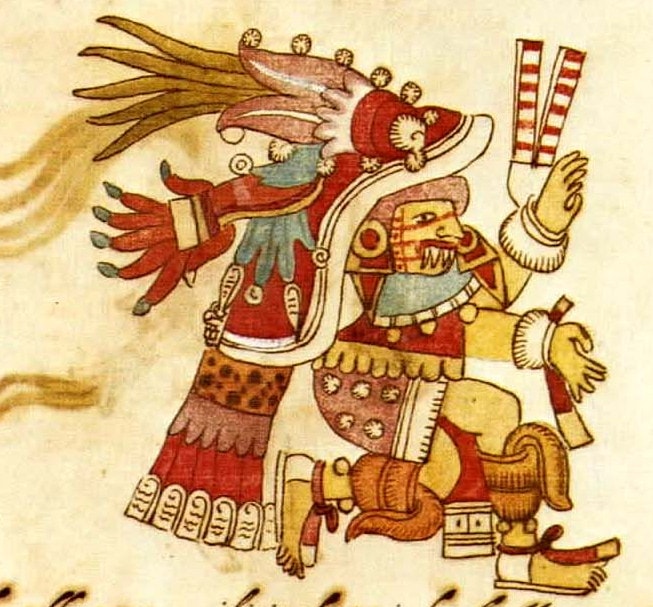
According to the Aztec religion, Chantico, or Xantico, was the goddess ruling over the family hearth’s fires. Her name can be translated as She Who Dwells in the House. It was believed that she lived in the family hearth, providing warmth, comfort, and peace. She’s also closely associated with fertility, health, abundance, and wealth.
It was believed that Chantico was a guardian spirit, protecting homes and everything precious and valuable. As the goddess of the hearth fire, she was honored and venerated in both homes and temples.
6. Feronia
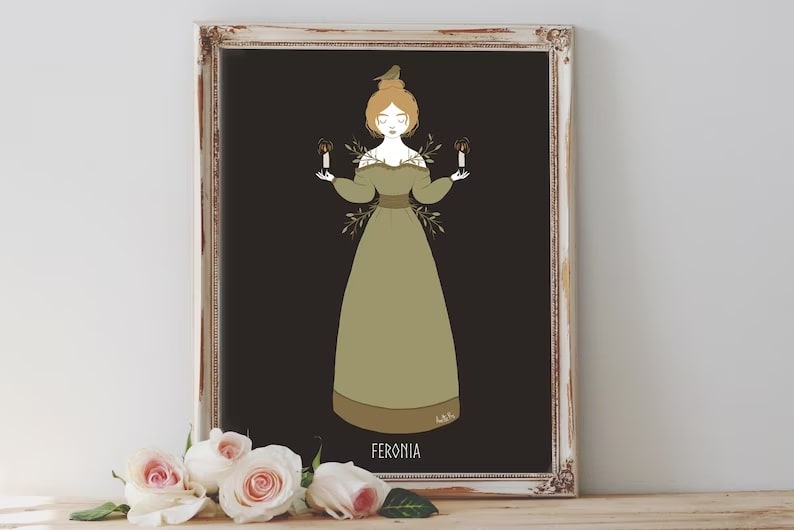
Feronia is the Roman goddess of fire, representing fertility, freedom, abundance, recreation, and sports. According to the Roman tradition, she’s also considered the patroness and liberator of slaves.
It’s believed that lighting a candle or putting a piece of coal near a stove or any other fire source in the house would invoke Feronia’s energy and vitality, bringing abundance to your home and family.
7. Hestia
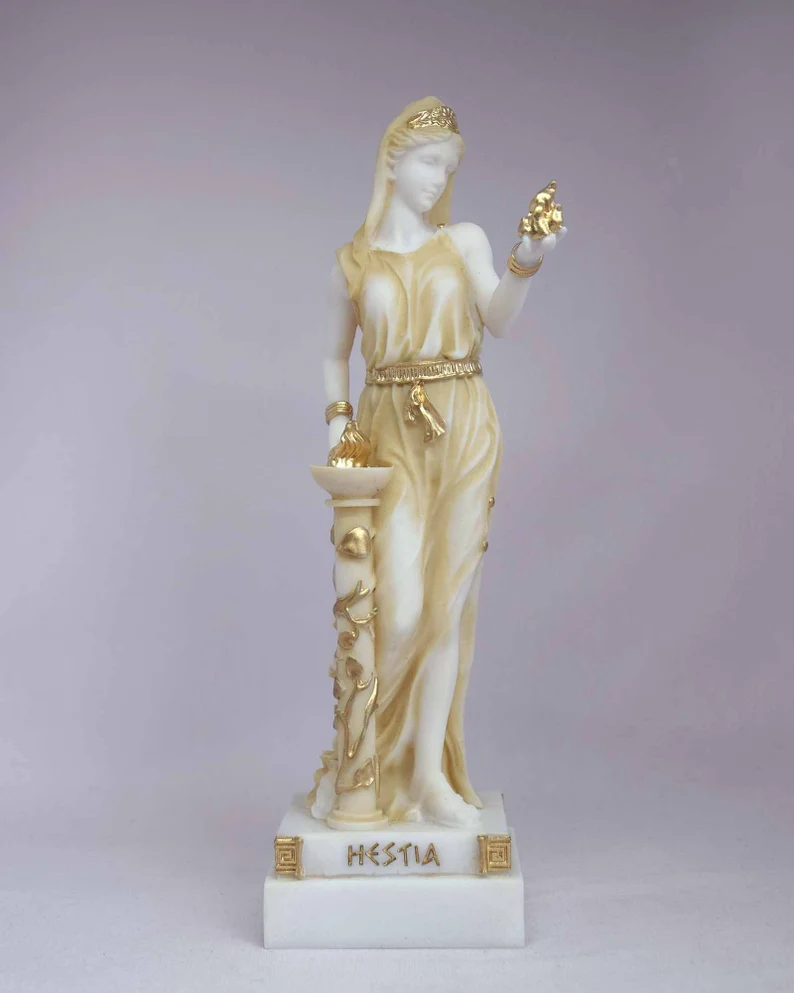
In Greek religion, Hestia was the goddess of the hearth fire and the oldest of the twelve Olympian deities. Hestia was worshiped as the chief deity of the family hearth, representing fire vital for our survival.
Hestia was often associated with Zeus and was regarded as the goddess of hospitality and family. Other times, she would be closely connected with Hermes, and the two deities represented domestic life as well as wild outdoor life and business. As the goddess of the hearth fire, she had control over sacrificial feasts and family meals.
8. Oya
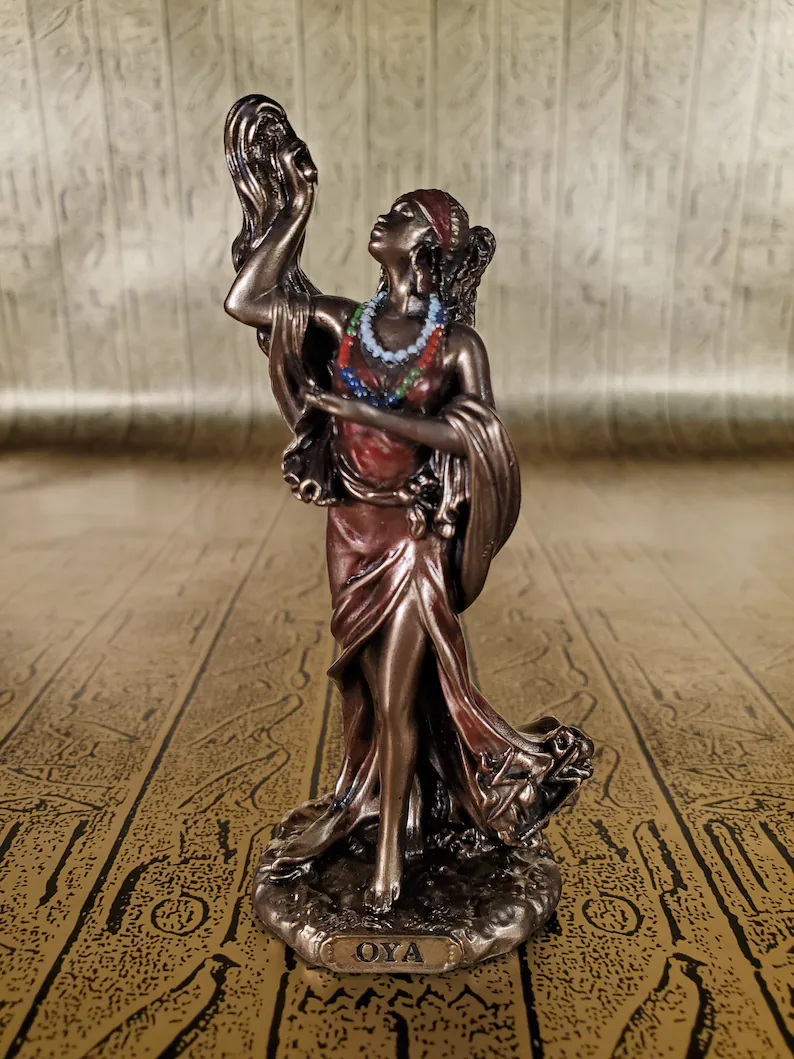
According to the Yoruba religion, Oya is the African goddess warrior ruling over fire, magic, wind, fertility, as well as violent storms, lightning, death, and rebirth. She’s also known as the Carrier of the Container of Fire and is often associated with female leadership. When stumbling upon difficulties, women call on her and pray for her protection. She’s also commonly linked to the Niger River and was considered to be its mother.
9. Pele
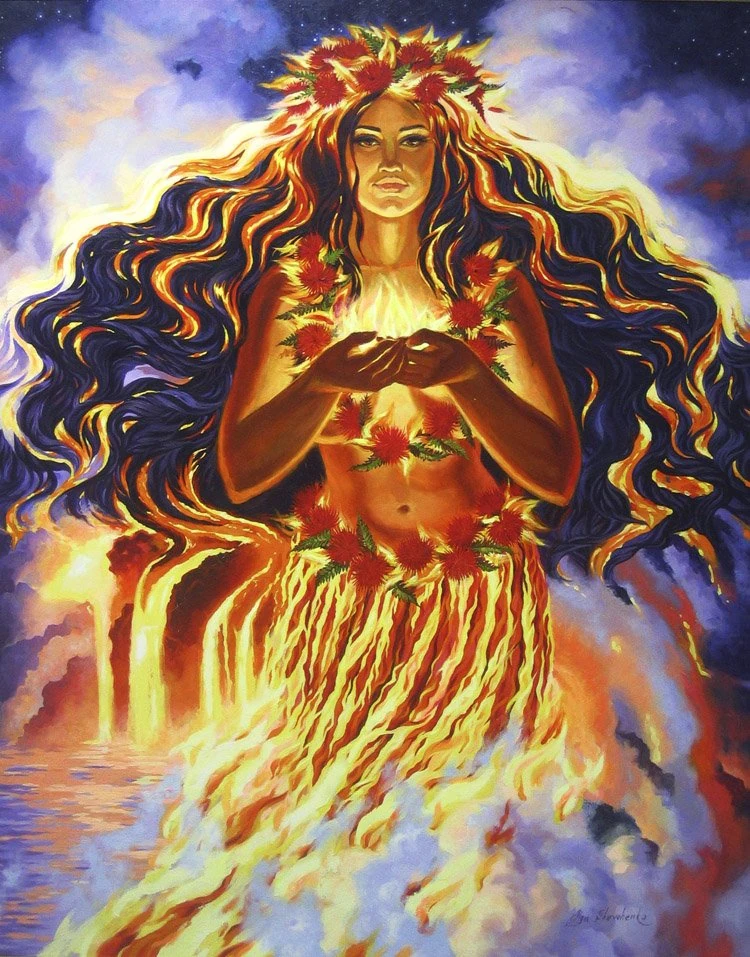
Pele is the Hawaiian goddess of fire and volcanoes. She’s a prominent female deity in Hawaiian mythology, often called Tūtū Pele or Madame Pele, out of respect. She maintains a strong cultural influence even to this day.
As the goddess of volcanic fire, Pele is also referred to as She Who Shapes the Sacred Land. It’s believed that Pele is responsible for life on Earth because she draws the heat from the Earth’s core, awakening the dormant seeds and soil and activating their growth. This way, the land is purified and ready for a fresh start and a new life. Even today, people make offerings to this goddess, praying for her protection of the homes and agriculture.
10. Vesta
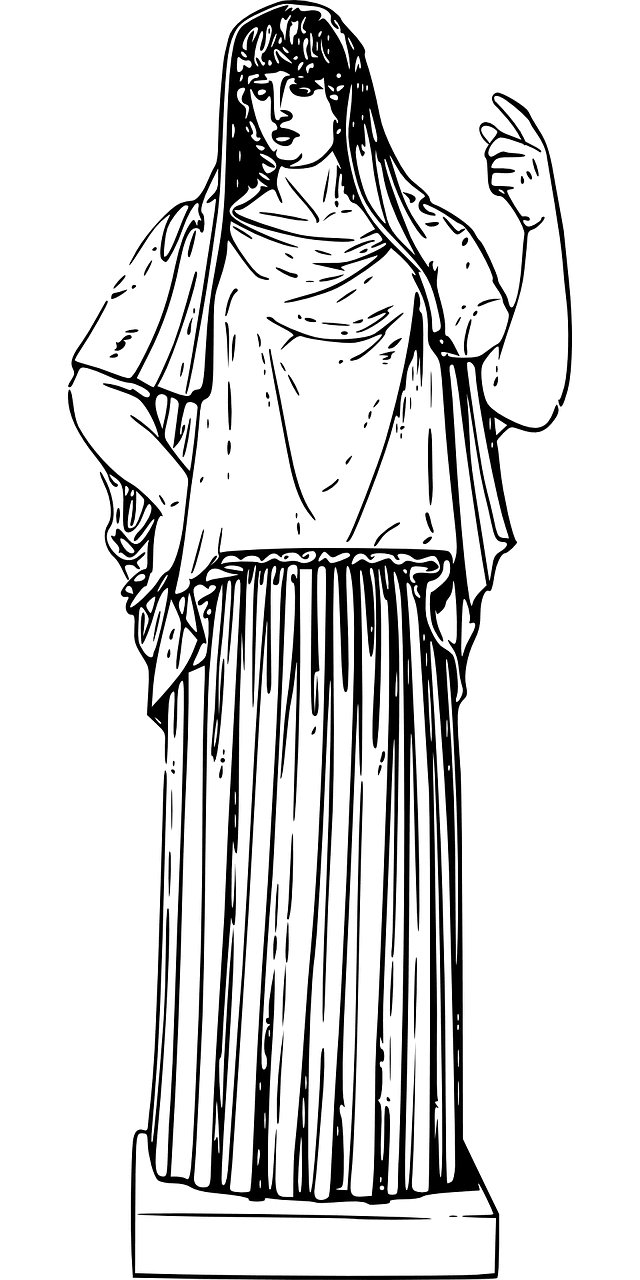
In Roman religion, Vesta was the goddess of hearth fire, home, and family. She represented the eternal flame of the hearth fire, the sacred place for ancient Romans. Her temple in the city of Rome was located in the Forum Romanum, housing the eternal flame.
Vesta’s sacred flame was always tended to by six virgins, called the Vestal Virgins. These were the daughters of the highest ruling classes, who usually served the temple for three decades.
The main festival celebrating this deity was the Vestalia that took place from the 7th to the 15th of June. She’s often associated with her Greek counterpart Hestia.
11. Wadjet
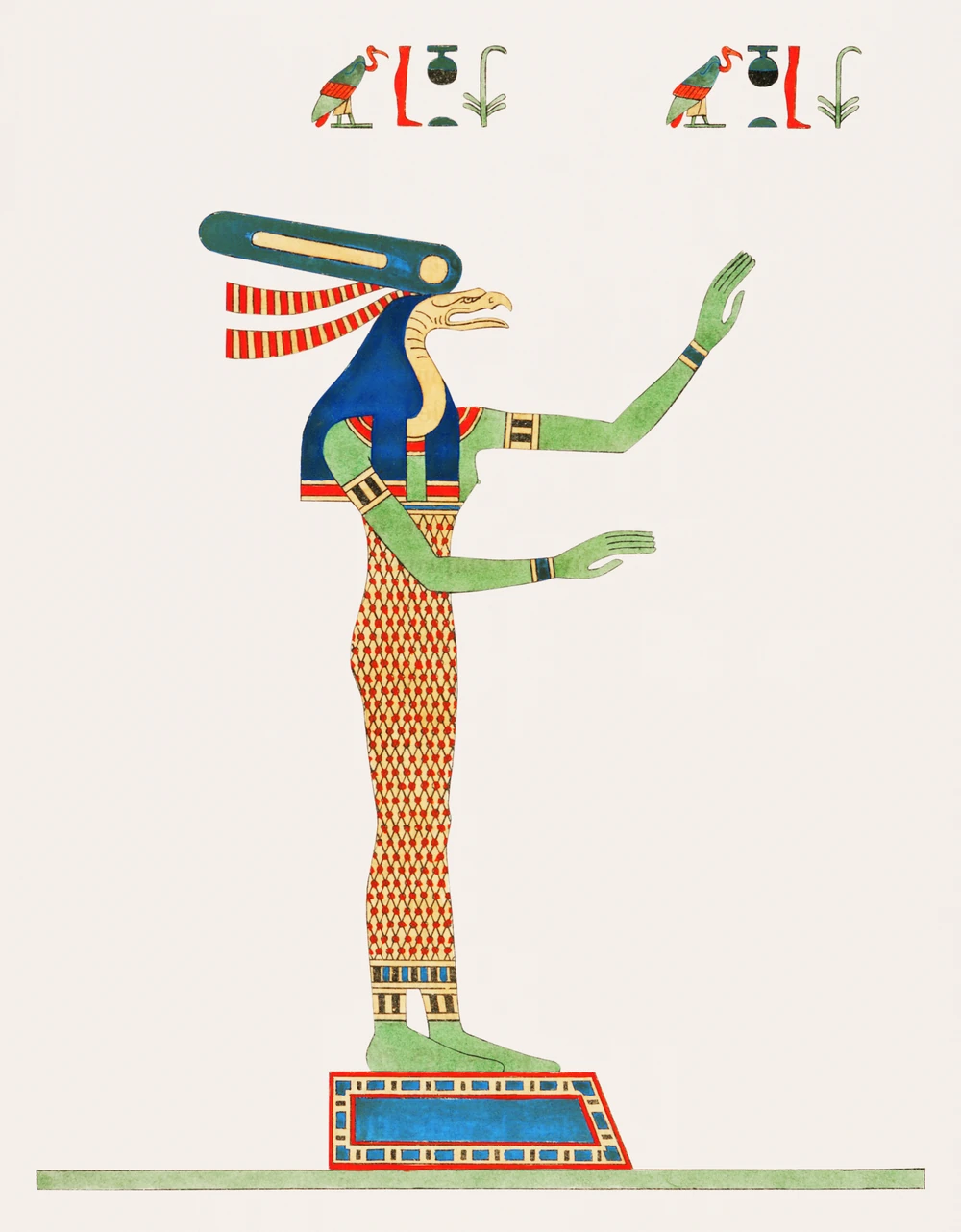
As one of the oldest deities in ancient Egypt, Wadjet is highly admired throughout Egypt. Originally, she was considered the protector and matriarch of Lower Egypt, but later she became an important figure for the entire kingdom. She was often associated with the sun-god Ra, and was called the Eye of Ra.
In the Book of the Dead, she’s depicted as serpent-headed deity who blesses one’s head with flames. Other times, she’s known as The Lady of Devouring Flame, who uses her fire to destroy her enemies, just like a serpent would use its venom. She was also known as The Fiery Eye of Cobra, often depicted as a serpent protecting Egypt’s pharaohs and burning their enemies to death with her fiery breath.
Her other epithet, The Lady of the Flaming Waters, was closely associated with The Book of the Dead of the ancient Egyptian religion and its stories describing the lake of burning flames that awaits sinners and evil spirits.
The Importance of Fire Goddesses Across Cultures
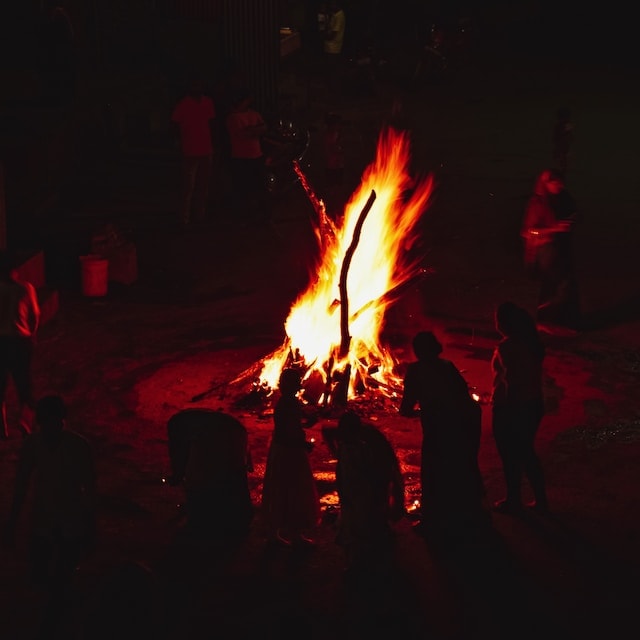
Different cultures and people interpreted the element of fire in different ways. According to various myths and religions, fire symbolizes a variety of things, including desire, passion, eternity, resurrection, rebirth, purity, hope, but also destruction.
People have used fire for hundreds of thousands of years. As we learned to control fire, we acquired the crucial ability for our survival. Fire had immense benefits for humankind and was used for cooking food, forging weapons and tools, and keeping us warm at night.
Since the earliest times, people have been inspired by fire, telling stories about it that passed from generation to generation, and, later, writing about it as well. Various myths and religions emphasize the fire’s ability to protect and nourish, but also to harm.
Thanks to these myths and folklore, we can conclude that fire is perhaps one of humanity’s most important symbols. It seems that certain symbolic interpretations of fire often repeated throughout history, reflecting complex relationships people had with fire over time.
From the beginning of time, people tried to grasp and understand the mysteries and power associated with fire. For this reason, they created fascinating myths and stories involving different types of fire goddesses and gods.
Symbolism of Fire Goddesses
As some of the most important goddesses of any mythology, fire goddesses held profound symbolism for their worshippers. Let’s break down some symbolic meanings of these deities:
Fire Goddess as a Symbol of Life, Fertility, and Love
As the heart of each household, the hearth fire was the source or warmth, light, and food. It provided a sanctuary and the feeling of protection. Many cultures identified the hearth fire as a woman’s womb. Just as the domestic fire can turn dough into bread, only the burning fire inside a womb can create life. Therefore, the hearth fire goddesses, such as the Greek goddess Hestia, the Celtic goddess Brigid and the Aztec Chantico, were seen as fertility, life, and love symbols.
Fire Goddess as a Symbol of Passion, Creativity, Power
The volcano goddesses, including the Hawaiian goddess Pele and Aetna from Greek and Roman mythologies, represented passion and creative power. Only lava or the volcanic fire burning deep inside the Earth can convert the sun warmth and light into life.
These fire goddesses control the lava that gives the land its rich and fertile soil, but also have the power to destroy everything in their path. However, they’re mostly seen as the goddesses of regenerative powers, sexual allure, and creativity.
Fire Goddess as a Symbol of Eternity
In many religions across the world, fire is associated with the eternal flame. Therefore, the sacred flame goddesses, such as the Roman goddess Vesta and the Yoruba goddess Oya, symbolize a never-ending life, light, and hope.
This symbolic interpretation is best seen through the funerary and memorial customs. In a great number of cultures, it’s a custom to light a candle when praying, honoring their deities, or paying respects to the dead. In this context, the eternal flame may be symbolic of a guiding light in the darkness and the never-dying memory of a loved one who has passed.
Fire Goddess as a Symbol of Purification and Enlightenment
When a forest catches fire, it burns through the old trees, allowing the new ones to emerge and grow from underneath. In this context, fire represents transformation, purification, and enlightenment. In Hinduism, deities associated with fire, such as Agneya, were considered to be symbols of piety, purity, and, enlightenment.
Agneya was greatly loved by her devotees. She was often associated with funeral pyres utilized in various cremation rituals. In many cultures and religions, the element of fire is seen as a symbol of purification, as it frees people from their sins. After the flames go out, there’s nothing left behind except ashes.
To this day, it’s customary to cremate the dead in some cultures. Similarly, throughout history, those who didn’t comply with the religious beliefs of the church were proclaimed heretics and witches. To purify them, they were usually burned at stake.
Fire Goddess as a Symbol of Destruction
Fire is a beneficial and very useful element when controlled but can be extremely volatile if left unattended. This consuming power of fire is often associated with destruction, harm, and evil.
In many religions, the element of fire is closely linked to the concept of burning hell or the Underworld. This aspect of fire can be seen through myths related to the Egyptian fire goddess Wadjet.
To Wrap Up
Cultures in different parts of the world tell various tales and myths about the element of fire and its different properties. Through these myths, people sought and continue to seek inspiration, hope, and enlightenment through the fire, or the protection against its devastation. For this reason, almost every religion and mythology in the world has one or more deities associated with fire. In this article, we’ve made a list of the most prominent fire goddesses, representing Greek, Hindu, Roman, Japanese, Aztec, Yoruba, Egyptian, and Celtic religion.
Related Articles:
11 Powerful Fire Gods and Their Importance
Top 9 Symbols of Fire and Their Meanings
Muspelheim – the Realm of Fire That Created and Will End the World








